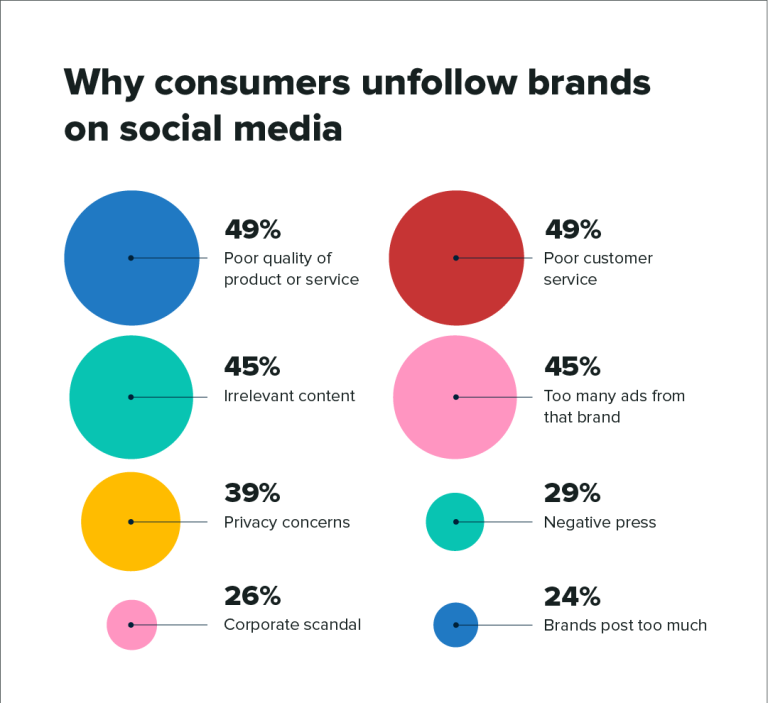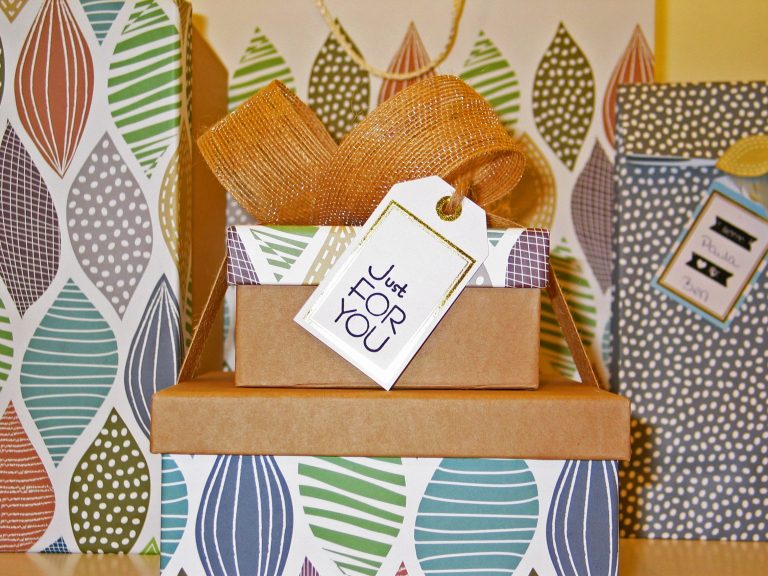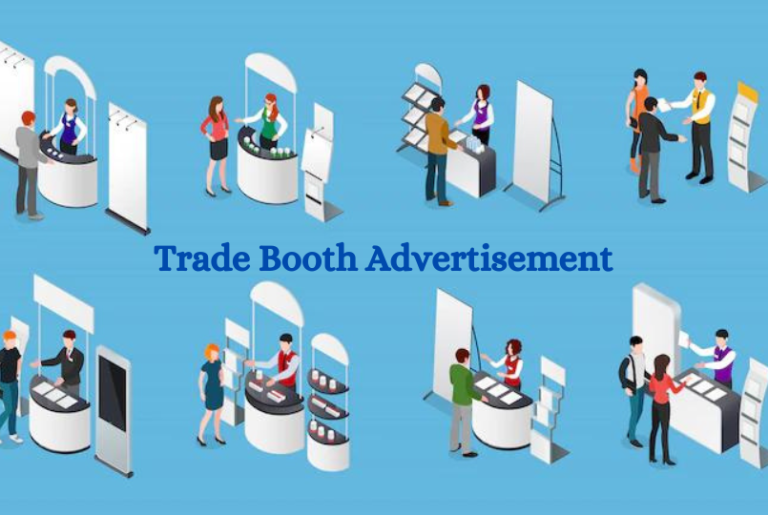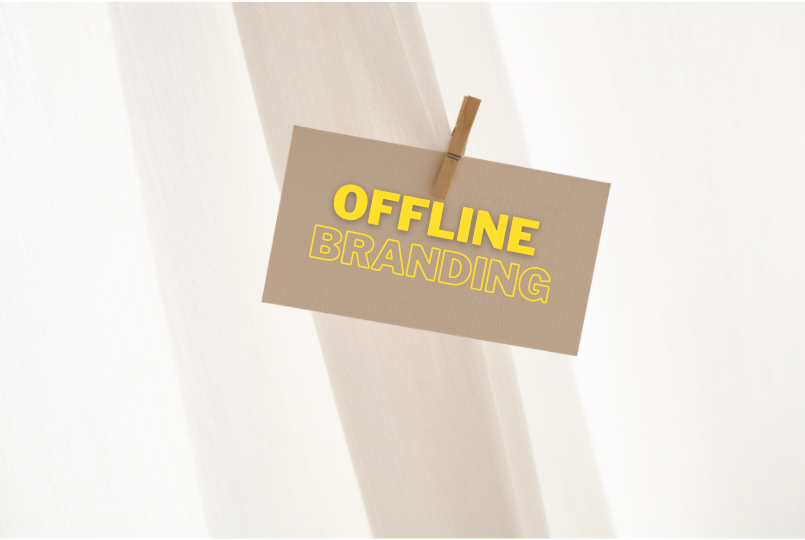Offline branding is still a ginormous approach to promote your business and products. Offline advertising, such as a newsletter, brochure, or exhibition, provides new firms and marketers huge opportunities.
It’s not always easy to convert website or social page labels and information to your domain. New firms and sophisticated advertising understand buyer profiles and client segmentation. These principles are uninteresting to the digital world, but unlike the later, advertising can’t change copy and symbolism on the fly.
Finding the right offline advertising channel for your startup is difficult. Taking your branding to this unconnected channel has issues, which we’re going to emphasize on today.
So, let’s dig in step by step!
What Is Offline Branding?
- After putting down the magazine, how do you want readers to remember your company?
- To what extent do you think people will remember your billboard once they have passed it and turned the corner?
- How does a guest feel after seeing your stand at an industry conference?
Challenges Of Offline Branding
1) Maintaining a consistent public persona.

Any inconsistency is devastating to advertising; attempting to promote one value on your website and another in a print ad is a great way to confuse audiences as to what makes your brand special. Inconsistency ultimately affects the ROI of your offline advertising efforts.
If your likeness makes a promise while performing on a digital stage, it must keep that promise during offline commercials as well.
In order to maintain a unified brand image as you expand into the offline world, it’s important to evaluate the attributes and messages being promoted by your online advertising campaigns. Is it the ease with which you can use your SaaS product? What is the strength and durability of your product? Does it provide end-to-end service?
These questions are important to keep in mind when opting for offline branding as it will assist you in taking further decisions and give you an insight into ‘what next’.
2) Remaining true to your brand voice.

It can be challenging to ensure that your writing, language, and tone are consistent throughout all of your offline, physical forms of advertising.
Ads that aren’t part of a larger network, such as banners and bulletins, need to be written in a way that fits within the medium’s limited availability windows. A bus station board, sign, or other large physical configuration probably isn’t the place for a tribute of a few dozen words. Since transparency is quickly evaluated, the writing needs to be minimal while capturing the tone of the brand.
Offline advertising, such as transport stop posters, may be an appropriate thought channel if your brand is lighthearted, carefree, or even a little bit bold.
Unexpectedly, it’s almost as important to use the correct textual style for the medium as it is to use the right words. Consider this as you decide on a writing style for your blog posts and the copy you’ll use in print ads.
3) Choosing the correct Form of Media.
Traditional print ads are an excellent vehicle for getting your brand in front of a large number of potential customers. But the trick is to put yourself in the appropriate proportions. Although we won’t be discussing print media advertising strategies, finding the appropriate distribution is essential.
You can establish your reputation as an innovator by advertising in publications widely read within your field, such as trade periodicals. There isn’t usually a huge financial payoff, but it’s usually a fantastic learning opportunity.
Fine print media, such as fashion diaries or lifestyle journals, can help get your product and messaging in front of the right people. For instance, have a look at the print advertisement by Herve Leger below.

Both the outfits and the brand itself exemplify opulence without breaking the bank. This is accomplished really successfully by the tastefully designed print campaign, and it is capable of competing on an equal footing with other luxury companies. There’s no extra addition of unnecessary things. The advertisement is simple but still reflects the brand voice and tone of the firm.
How then would you identify yourself as an innovator in the field of print?
Everything hinges on the unique qualities you present to the world. Is your product/service better than what there already is in the market? Do the services that come with your product offer value? Is it because your client would feel more respectable after making such a claim?
4) Experience-based marketing through promotional products.

Does your packaging facilitate the unboxing process that is integral to the convenience of online shopping?
Your packaging is the platform from which your product is launched into the world, communicating to the customer, “Here’s your product, and you’re now important for something exceptionally spectacular. For example in the above shown picture the tag says “Just For You”, this will make the receiver feel special and drawn towards giving your product a try. Packaging, keep in mind, is the primary form of advertising that reaches all of your customers.
Include the unique selling points of the products you’re packing to remind them why they should buy from you. Incorporating a bold hello onto the bundle’s top will give it more personality. Take advantage of a bespoke supplementary product that showcases your offering to the customer, much like a beautiful showpiece.
A simple box branded with your branding isn’t enough to make an appealing packaging plan, though. The inside of your custom mailer boxes is a great place to put your marking to show that you’ve paid attention to every detail.
5) Putting up displays at conventions and trade shows.

Is the presentation going to be all about you, or will the presenter spend most of their time talking about the problems that your product solves? If you’re on a panel with other contenders, you need to stand out by emphasizing what sets you apart.
Trade exhibitions and conferences are frequently held together. Customers can physically interact with your brand at trade show booths by walking into your brand, touching it, feeling it, and talking to you or a member of your team.
Just like on billboards and in newspapers, space on banners, flags, and other forms of outdoor advertising is limited. Customers should be reminded of the helpful dialogue they had with a representative at the event through whatever collateral they take home, rather than being “sold” on the product in its entirety.
If your brand were a person, its “personality” would describe its traits. Your trade show booth needs to convince them that they would enjoy spending time there.
Captivate onlookers with interactive displays and eye-catching product demonstrations. A looping film on TV is fine, but seeing your product in action is much more impressive.
6) Putting your company’s identity into scripts and jingles.
In either case, participating in podcasts as a guest or a sponsor is a fantastic way to spread the word about your business.
Additionally, radio is a mostly overlooked marketing channel for companies of all kinds. It’s more than just a music player with a chat feature. A majority of Indians, say around 85% tune in to the radio at least once a day, whether travelling or getting bored. That’s a massive group of people who are just waiting to be interested.
Since radio is not a visual medium, the branding difficulties that come with it are distinct. Has your company created a catchy anthem or jingle for their product? While your tagline may read well on paper, how does it sound when pronounced aloud?
When planning traditional forms of marketing, this is something to keep in mind.
Things To Remember When Branding Offline
Although there are some areas of overlap between traditional and digital advertising, not all promotional efforts can be immediately transferred from one medium to the other.
Where should your attention be directed, taking everything into account, and why?
You can set yourself apart from competitors who rely on web-based advertising by drilling down into the characteristics that give your brand its distinctive identity and locating methods to transfer those characteristics onto the wide variety of traditional advertising and marketing mediums that you’ve seen in recent times.

